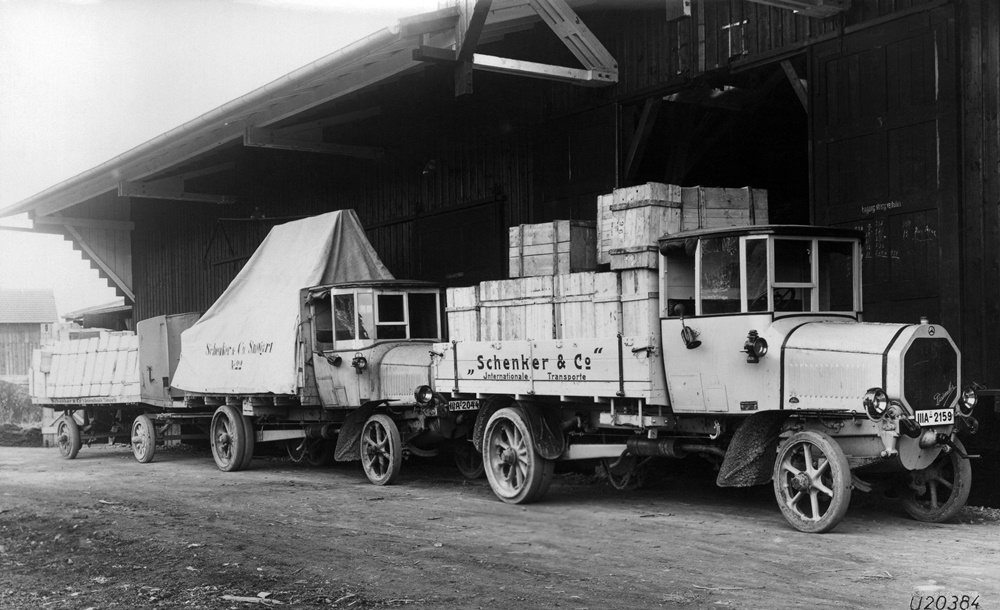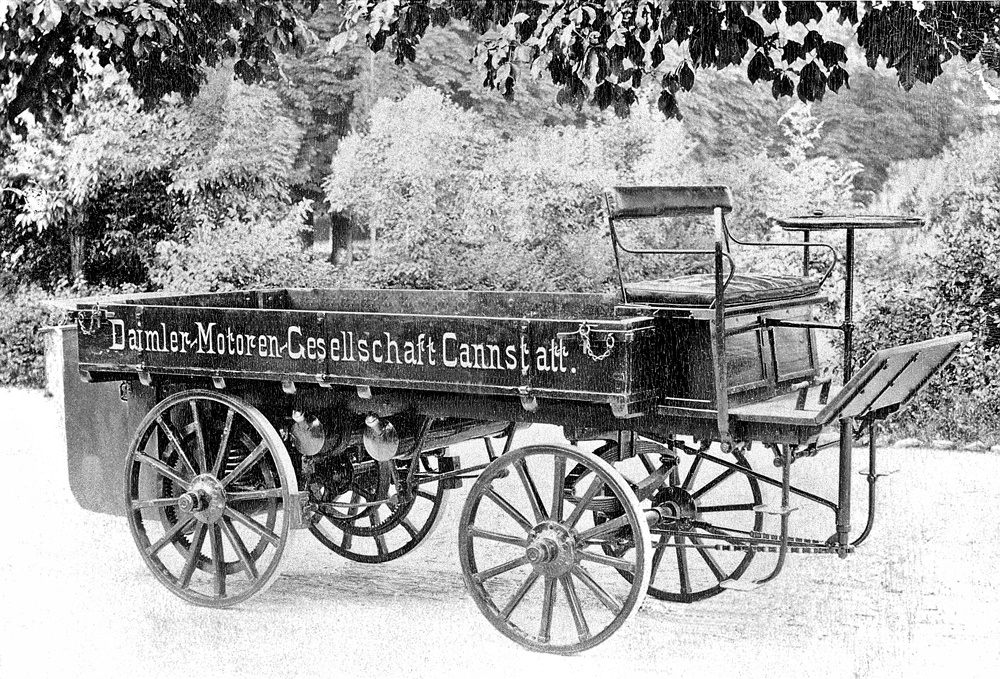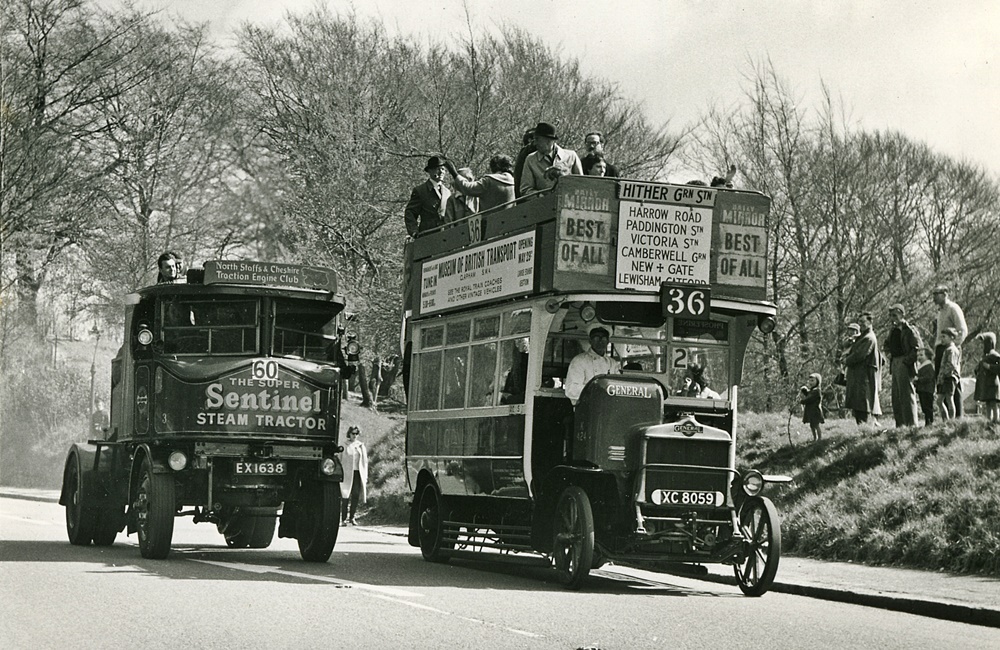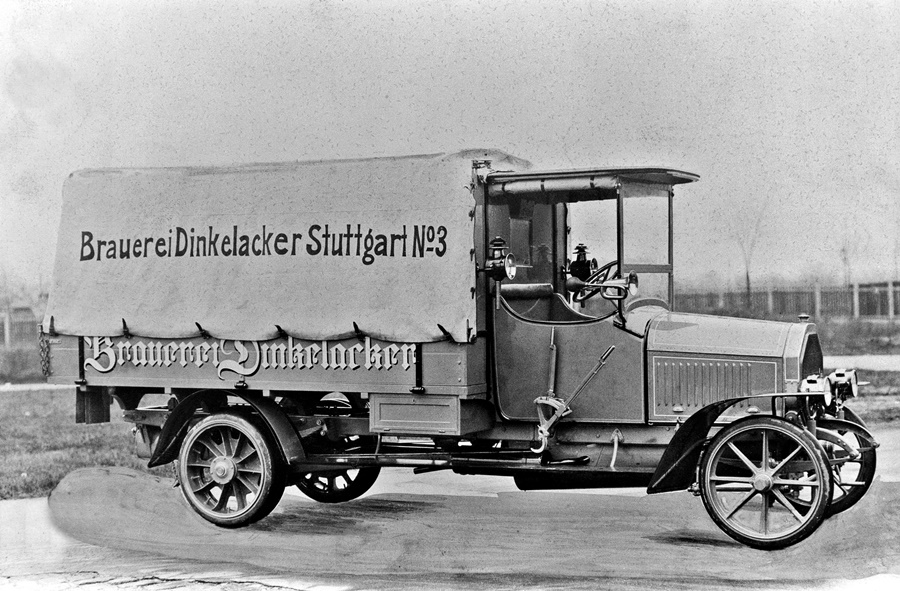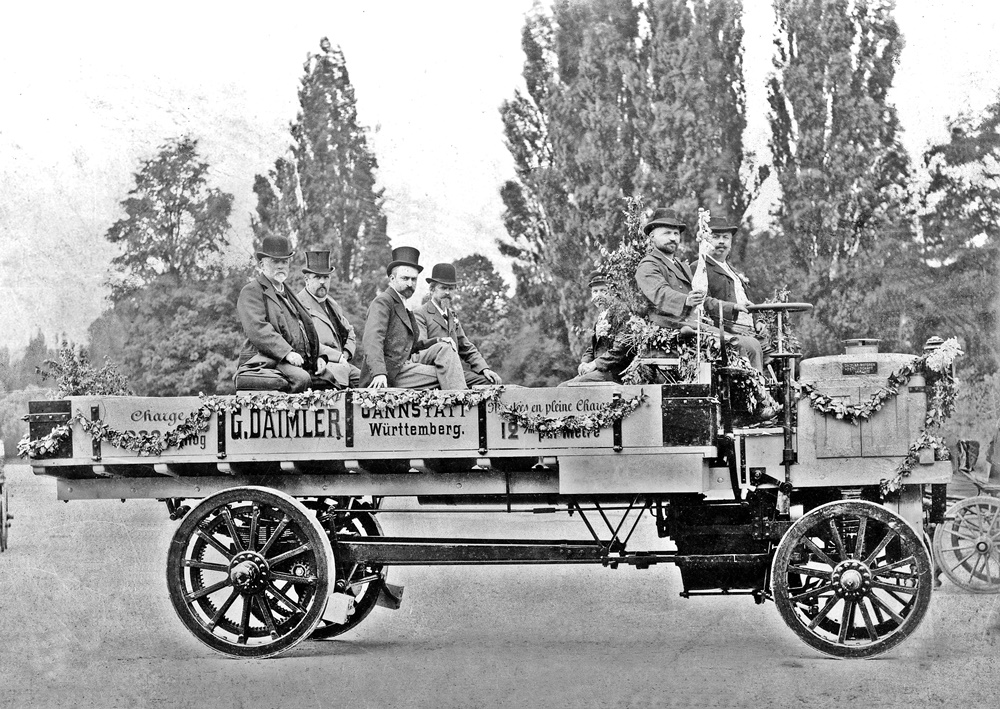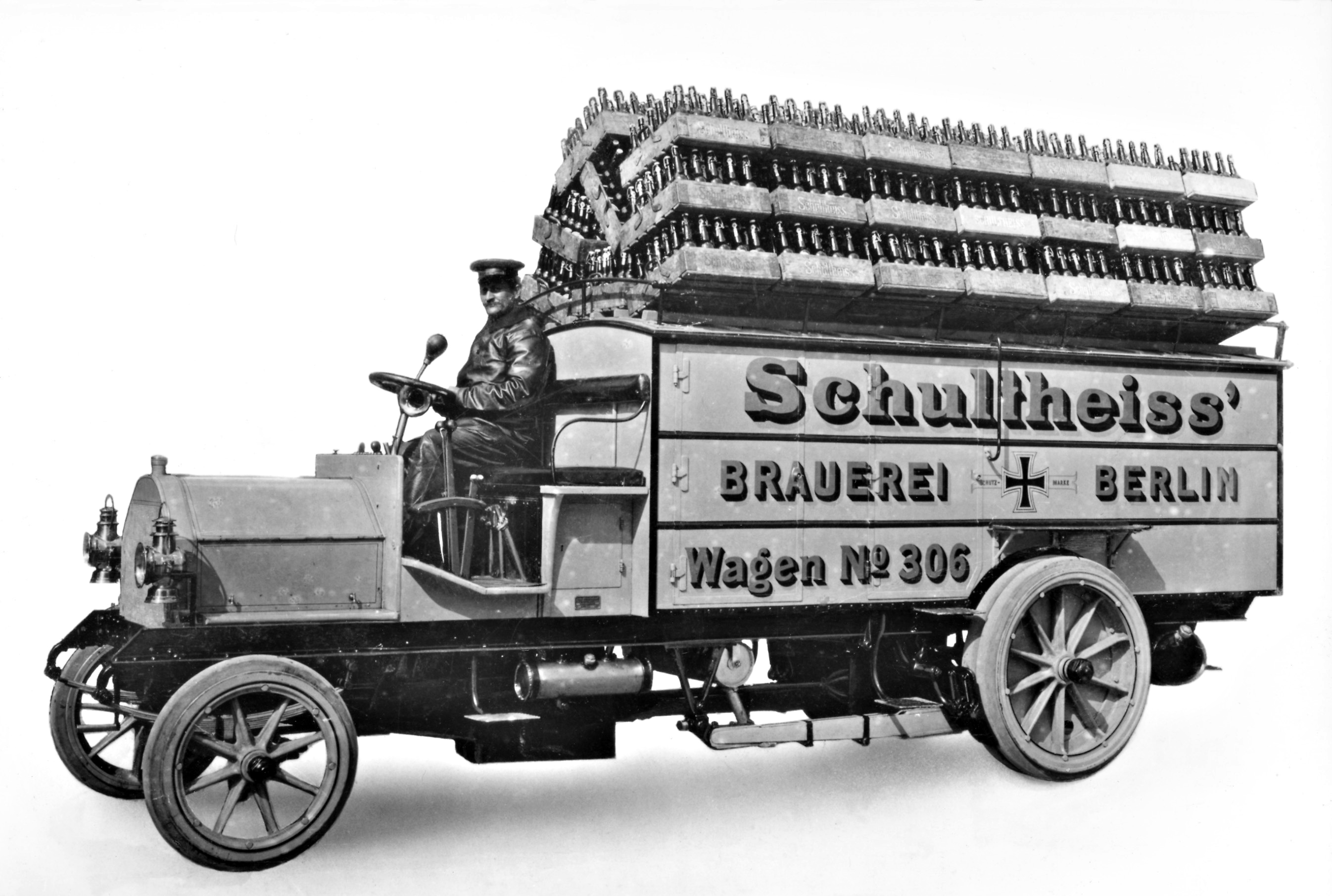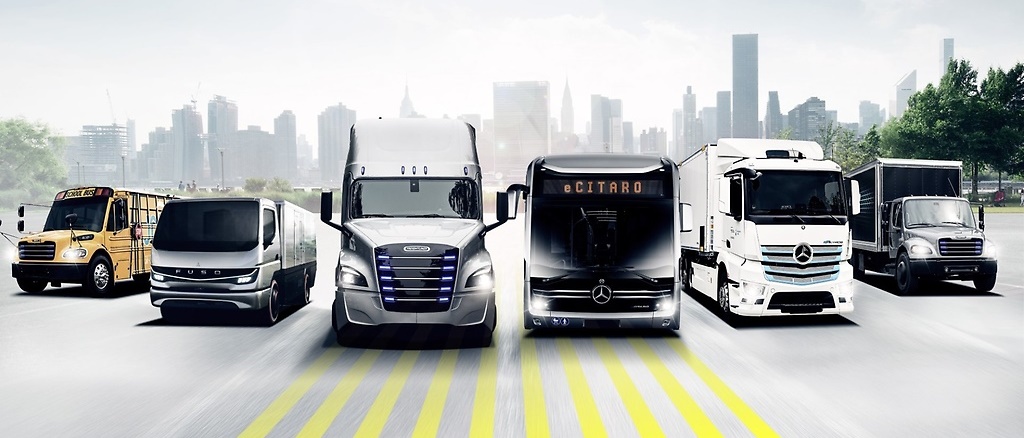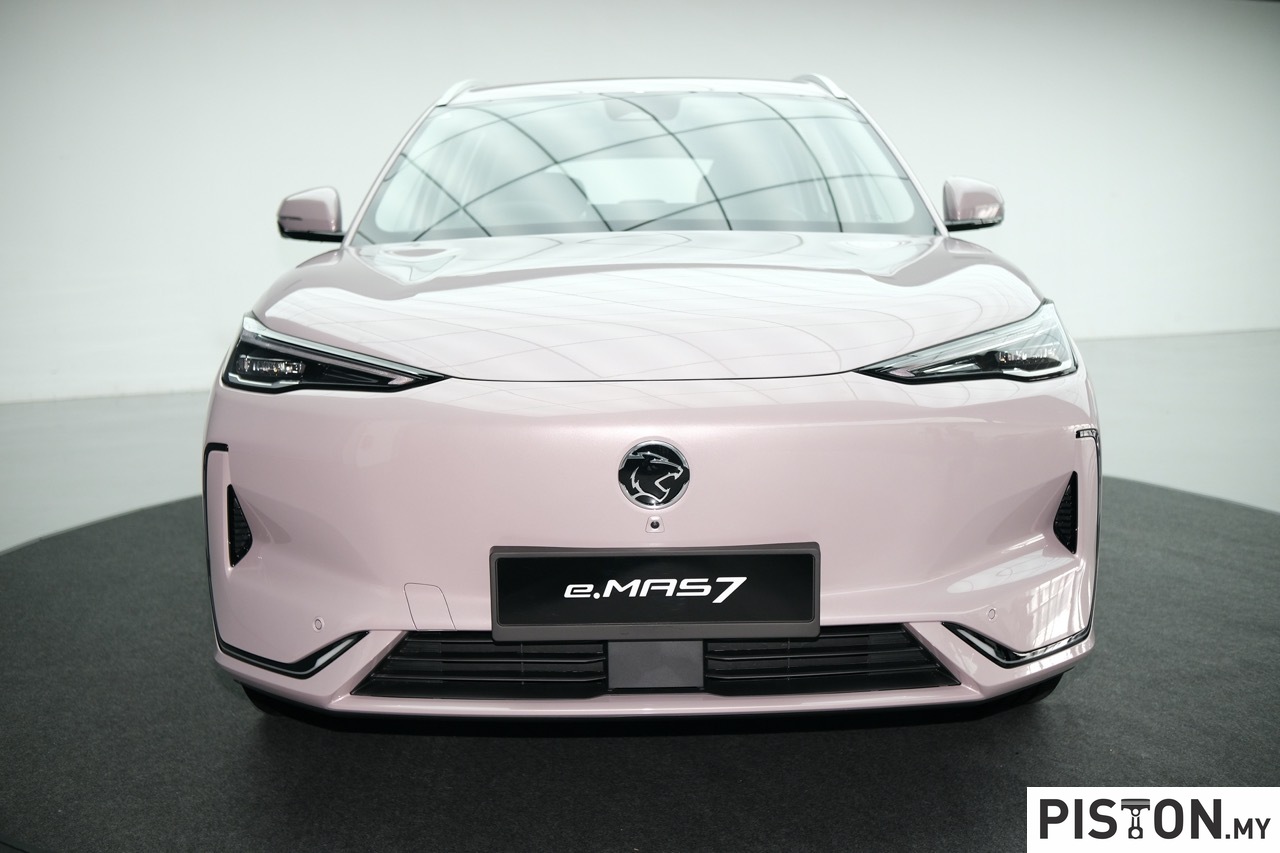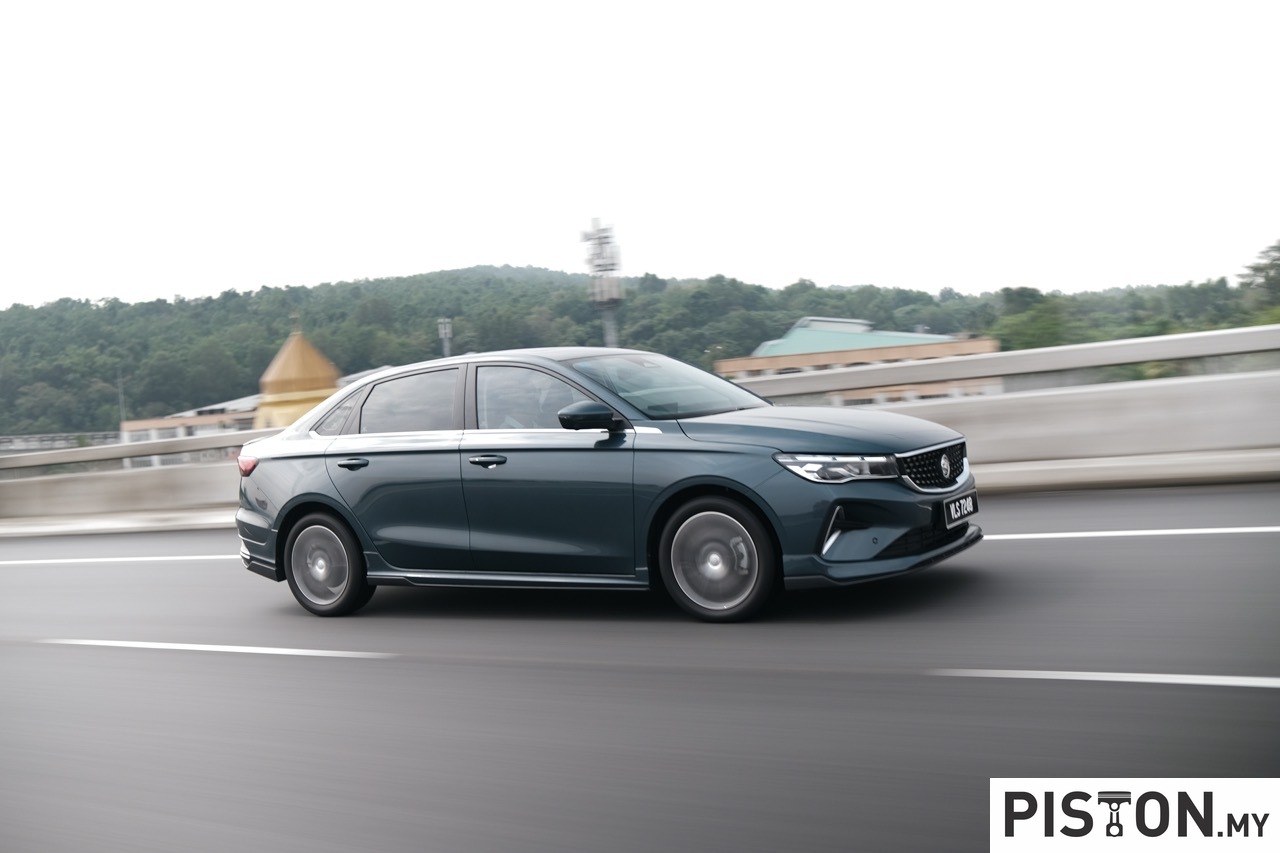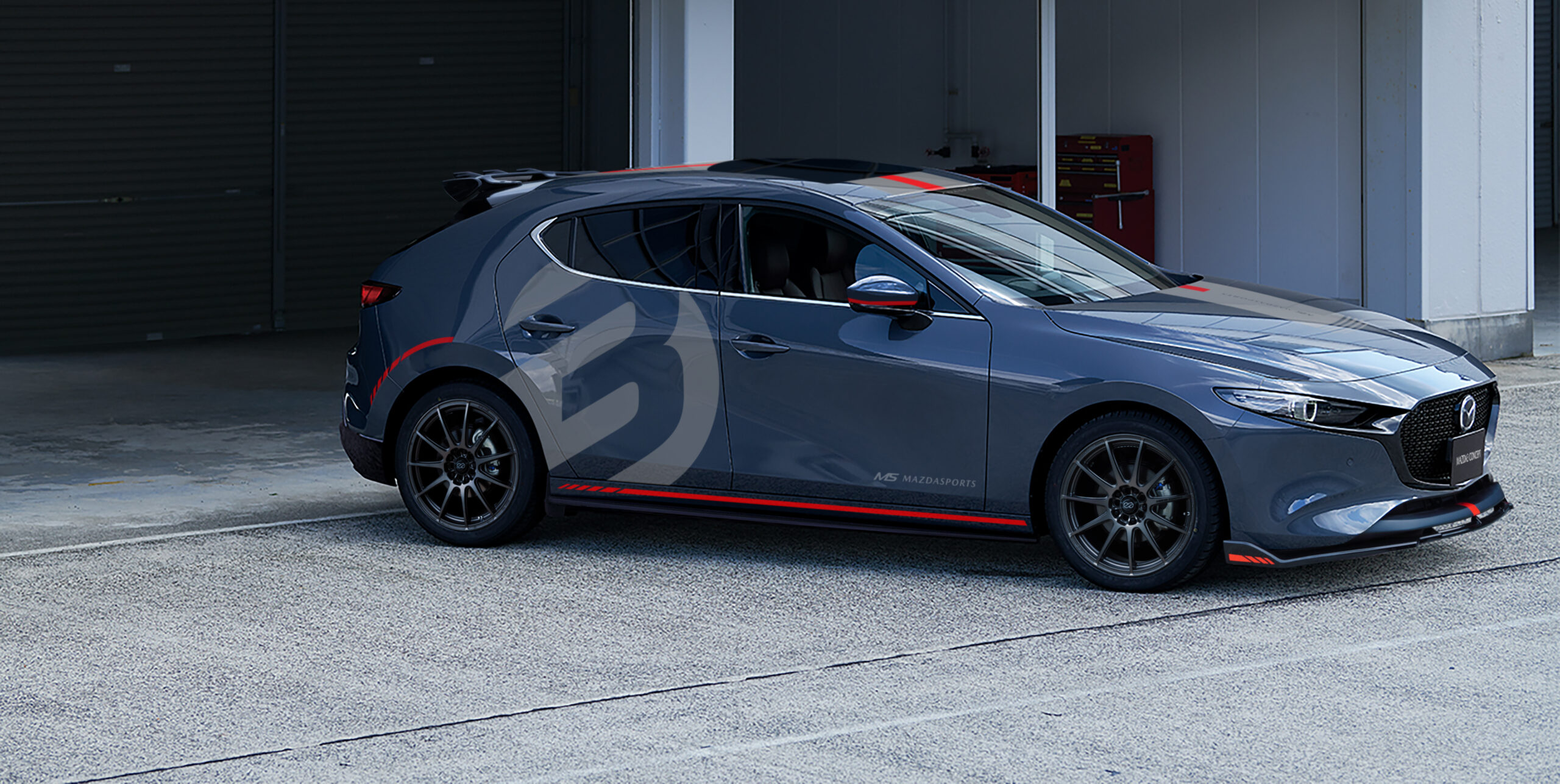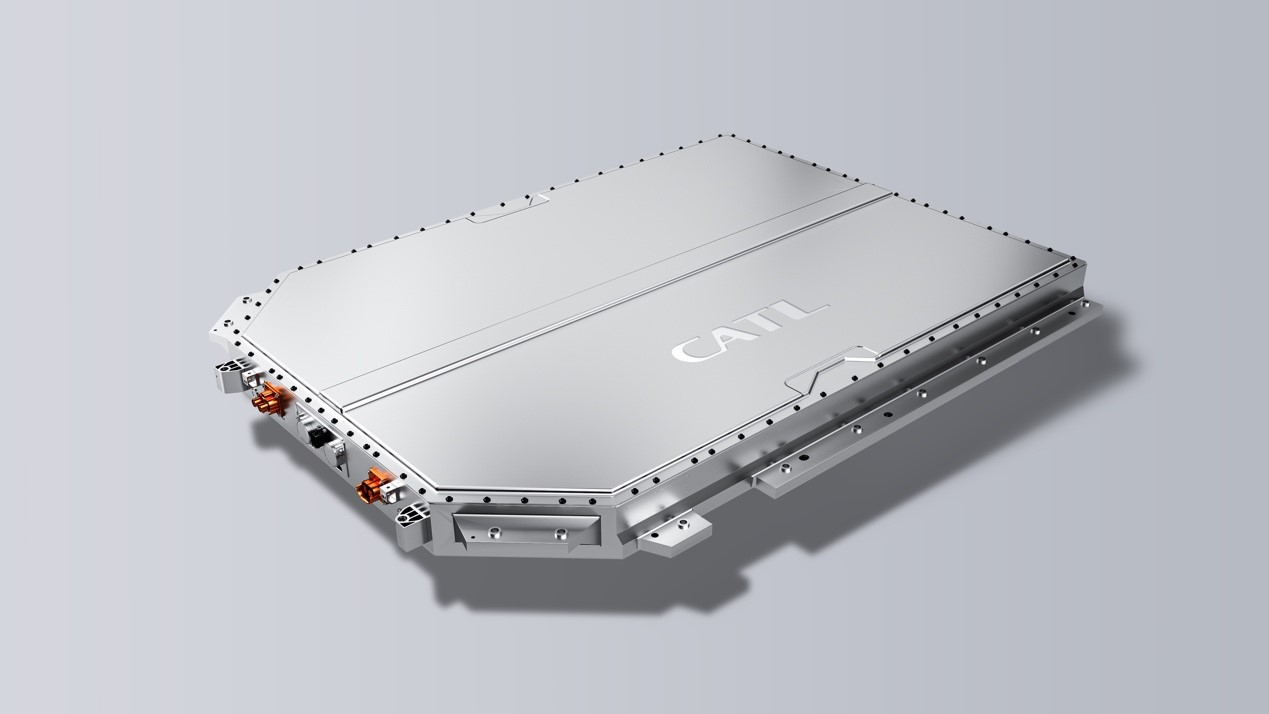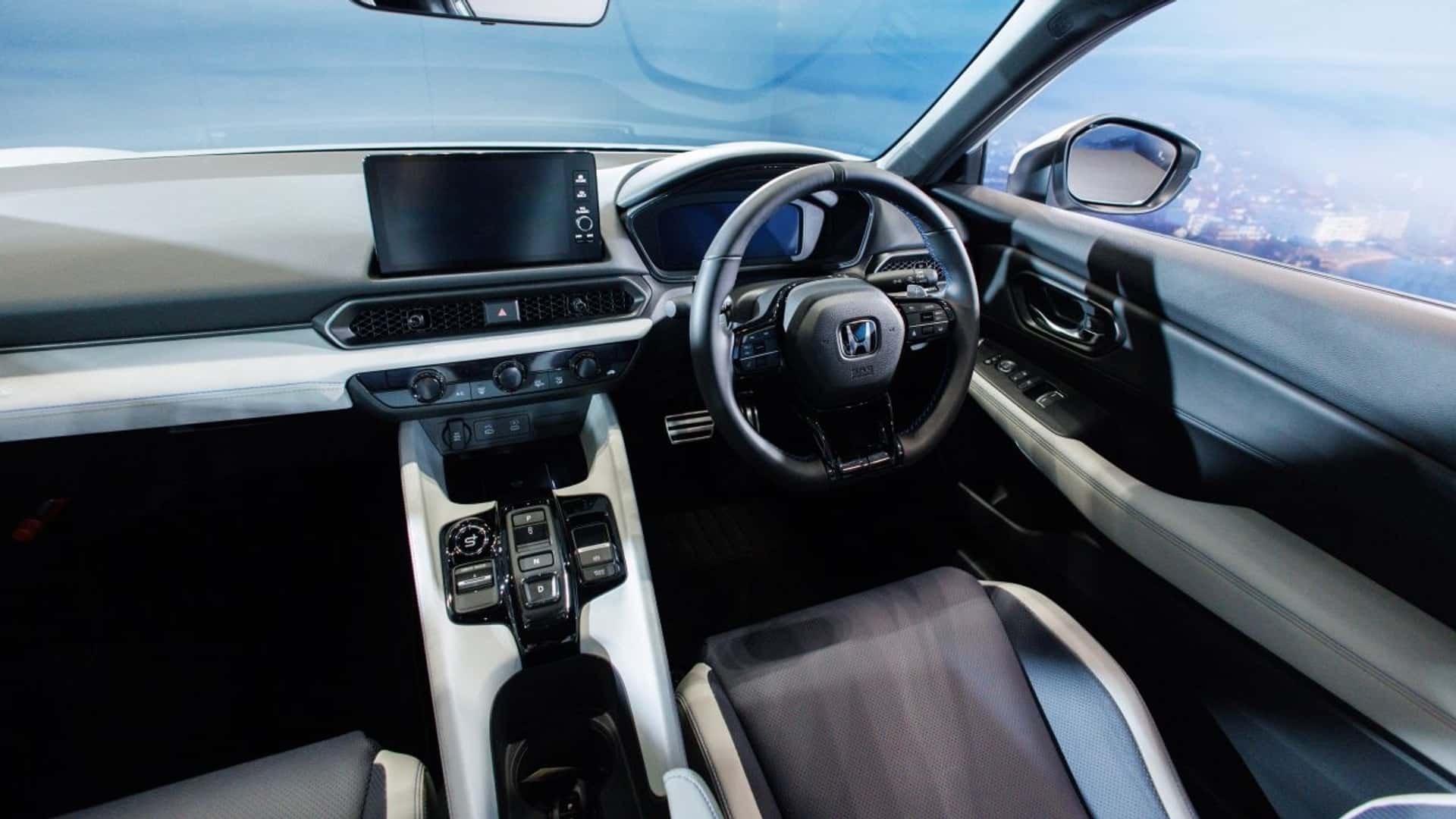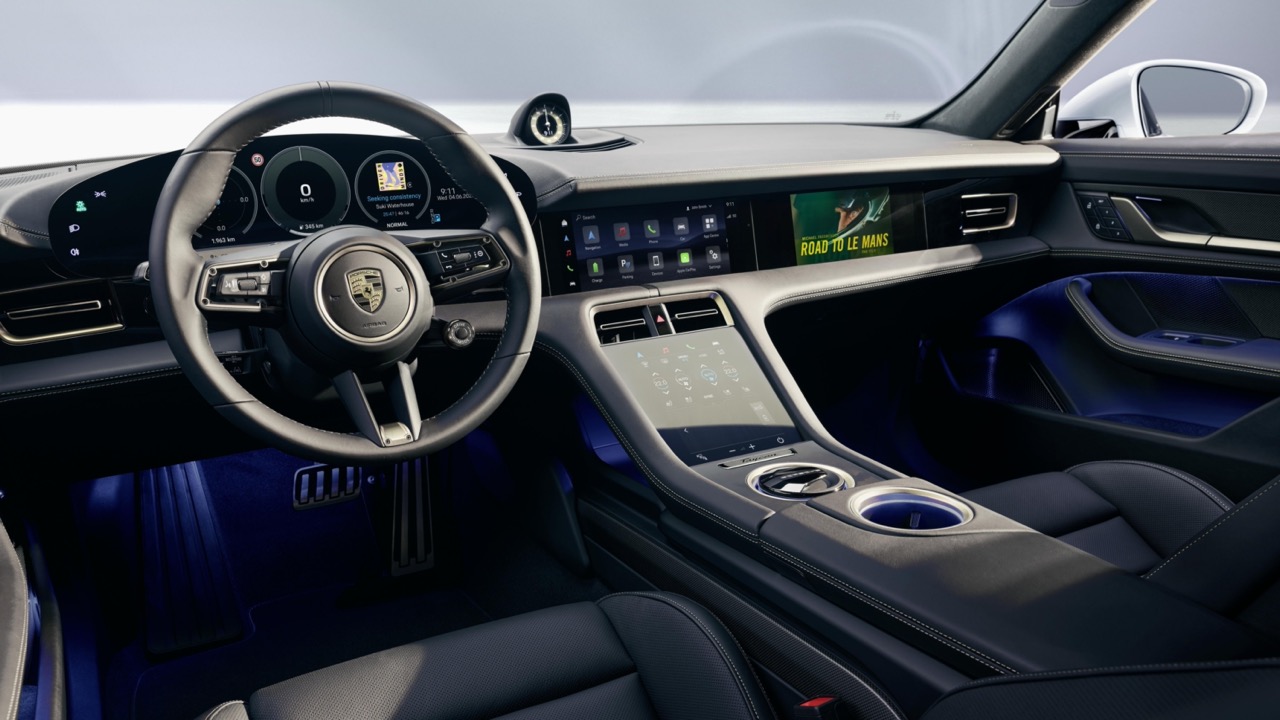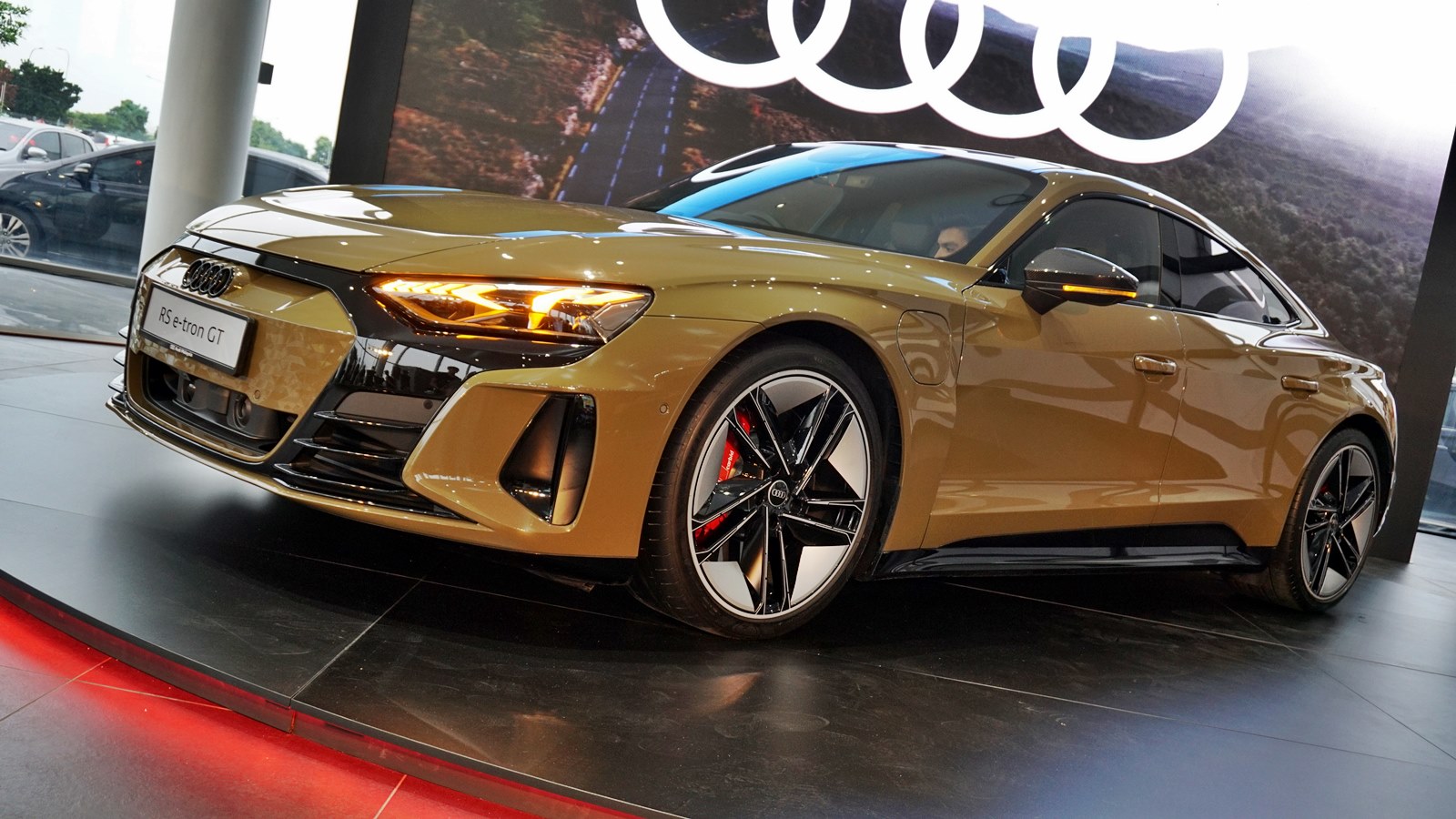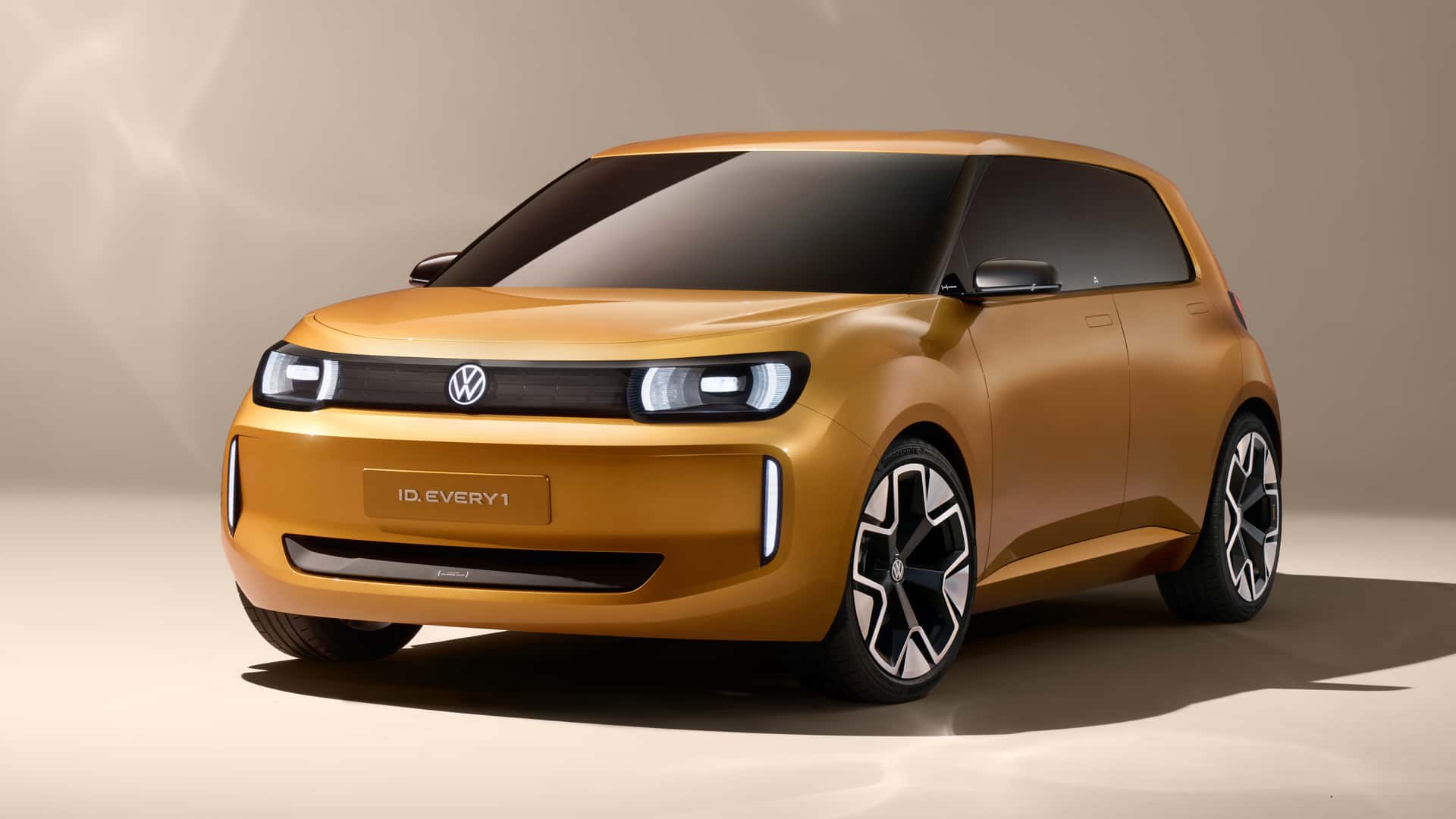Beginnings are sometimes difficult and where the truck is concerned, its earliest years saw a great deal of resistance. In fact, it did not attract even a single buyer in Germany. Whereas the high society had welcomed the car with open arms as an enrichment of their personal freedom, the truck came up against severe scepticism in industry: capital goods had to earn money but the idea of sending goods by motorized vehicles seemed less efficient and not as fast as by railway.
The truck was a creation of Gottlieb Daimler, who sought to find more applications for his engine. He came up with the motorcycle, the motorized handcar, a motorized fire-fighting pump, and – eventually and almost inevitably – with the truck. Back in 1896, he set up the first truck on iron-clad wooden wheels – a type of carriage without a drawbar but with an engine instead.
Strictly speaking, it was a converted horse-drawn cart whose chassis featured transversely mounted, fully elliptic leafsprings at the front and coil springs at the rear. This complex suspension was important not only because of the poor road conditions at the time but also because of the engine’s distinctive sensitivity to vibrations.
The rear-mounted 4-hp 2-cylinder engine called ‘Phoenix’ had a displacement of 1.06 litres. It had been adopted from the passenger car and its features included glow-tube ignition and spray-nozzle carburettor. Gottlieb Daimler promoted ‘the compactness and elegance of the design, the noiseless and jerk-free operation and the odourless exhaust gases’ as the major advantages of the Phoenix engines. They could run on petrol, coal gas and lamp fuel.
Belts transmitted the power produced by the engine, which was installed in an upright position underneath the rear end, to a shaft – with pinions at both ends – mounted transversely to the vehicle’s longitudinal axis. Each of these pinions meshed with the internal teeth of a ring gear which was firmly connected with the wheel to be driven.
Interest in England
While there was lack of interest in Germany, a buyer was found in the mother country of industrialization – England. In that country, steam-powered vehicles had long since managed the transition from rail to road. At the same time, however, England was a country in which coke and coal were particularly cheap – which is why a vehicle with a petrol engine was hardly considered. And it was only after 1901 that his truck proved to be superior to the steam-powered truck, customary on the island at the time, in a comparative test in Liverpool.
It goes without saying that the engineering needed time to mature. Nevertheless, Daimler rapidly advanced into the 5-ton payload category. The output of the first truck range launched soon after-wards ranged from 4 to 10 hp, payload capacity from 1,500 to 5,000 kgs. Shortly after the world’s first truck had been supplied to England, Daimler presented a range comprising as many as 4 models from September 1896.
In the same year, Daimler and Wilhelm Maybach moved the 6-hp 2-cylinder Phoenix engine, previously mounted at the rear in the style of an underfloor engine, to underneath the driver’s seat, and the 4-speed belt transmission equally moved to the front.
More improvements from 1897
However, this solution still left a lot to be desired, especially as the belt transmission, which had proved itself in passenger cars, was suitable for heavyweights only to a limited extent. Therefore, as early as 1897, just one year later, the truck was finally given a face that clearly distinguished it from the car and paved the way towards ever greater output and payload.
The engine found its traditional place right at the front, ahead of the steered axle, and transmitted its output via a 4-speed gearbox and a full-length longitudinal shaft and pinions to the rear wheels which continued to be iron-clad.
Not only the powertrain was improved but also the engine, which was enlarged to 2.2 litres. A completely new design principle was adopted for the radiator: the tubular radiator represented a significant improvement of the cooling system, an indispensable precondition for a higher power output.
Promoting the truck across Europe
As the 20th century approached, Daimler stepped up promoting his trucks. With his 5-tonner, he went to Paris to show it off alongside a 4-hp belt-driven car. Yet there were many who were not convinced of the value of a truck with a combustion engine. It was generally assumed in Europe that combustion engines were right for passenger cars, but for commercial vehicles, the powerplants should be steam engines or electric motors.
People were reluctant also because petrol had to be bought at the chemist’s shop but. Few people understood the engineering which was far from being able to cope with all the hardships the roads had in store for vehicles at the time. The buyer of Karl Benz’s first bus, for instance, returned the vehicle to him because of the difficulties negotiating the ruts carved by heavy-duty horse-drawn carts into the roads.
Another general problem was the fact that the spoked wooden wheels customary at the time could even catch fire under certain circumstances! The conventional combination of journal and bushing was susceptible to crushing at the edges, leading to burn marks on the hollow hub. To make things worse, iron wheels provided poor traction, while there was little to prevent solid-rubber tyres from melting or crumbling under the impact of heat. And through to the 1920s, pneumatic tyres were suitable only for light loads.
Nevertheless, things got better for the truck as the industrial revolution gathered momentum and demand for distribution was rising. As the 20th century started, truck engineering had sufficiently advanced to be considered a viable proposition. Transport operators engaged in heavy-duty distribution began to discover the advantages of the new engineering for themselves. Brickworks and breweries were among the first branches of industry, which bought trucks in large numbers.
Gaining momentum in the 20th century
However, long-distance transport remained the domain of the railways for a long time to come. The distribution of labour at a time when the truck was still in its infancy was like this: while the railways linked the industrial centres with each other, traditional horse-drawn carts and trucks distributed goods to smaller towns and villages.
The onset of the first World War did create demand for trucks by the military although when the war ended, so too did demand for some time. Nevertheless, by the 1930s, truck engineering had matured and advanced greatly that it was able to be a viable alternative for delivery over the long distances that had been handle by the railway services.
Birth of sub-segments
During the 20th century, as the truck segment began to grow, sub-segments appeared in different markets. There were large trucks, medium-sized trucks and small trucks, the vehicle type typically defined by having a large cargo space behind. Huge trucks were designed for mining operations while smaller trucks – referred to as pick-up trucks – were useful for business operators to carry small loads.
Not surprisingly, Daimler Truck AG, with its 120-year history, has consistently set standards for the entire transportation industry – in terms of safety, fuel efficiency and driver and passenger comfort. It is today one of the world’s largest commercial vehicle manufacturers. Its portfolio has 7 vehicle brands to serve various segments.




